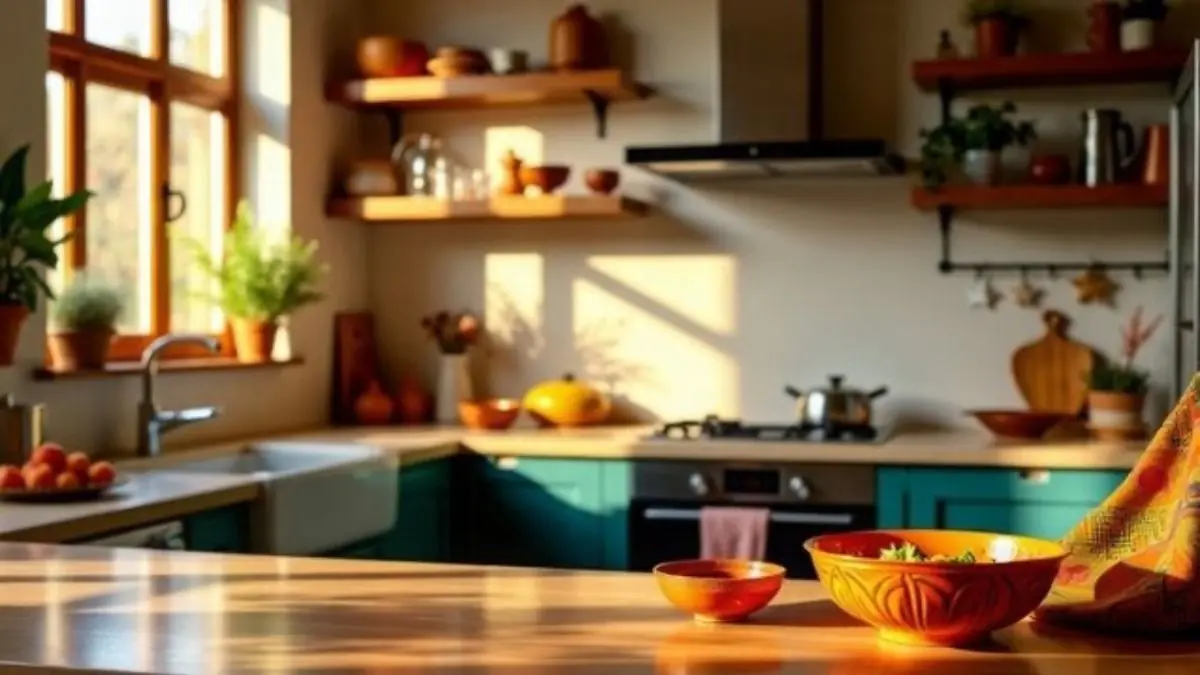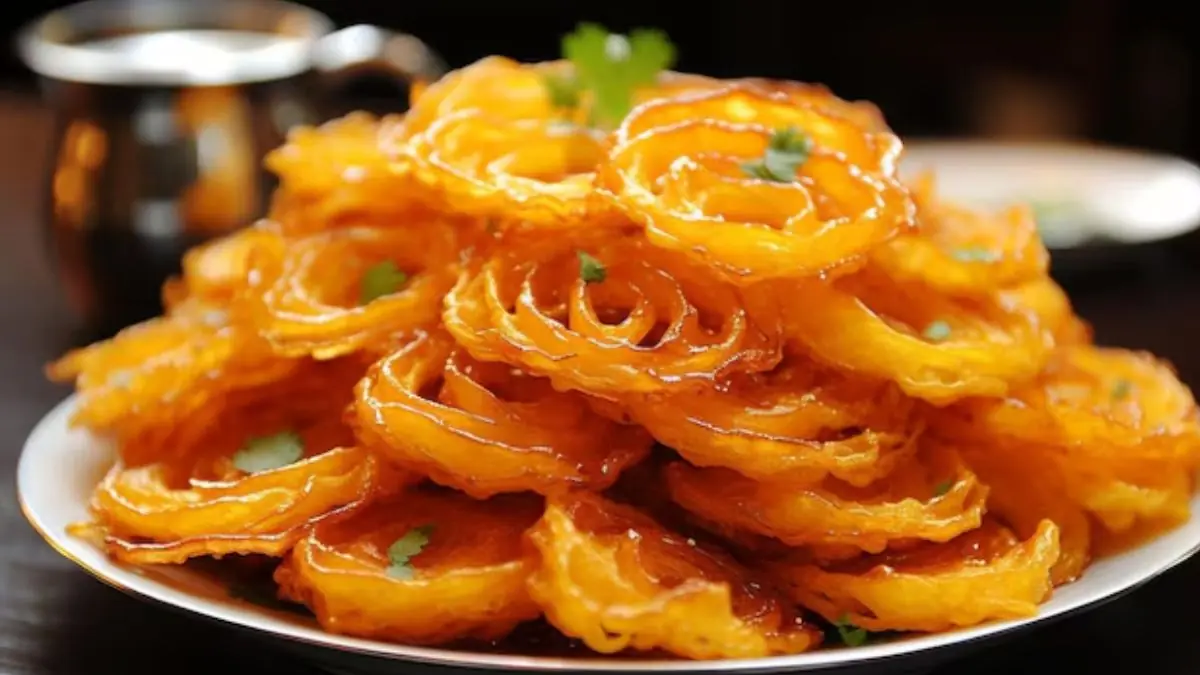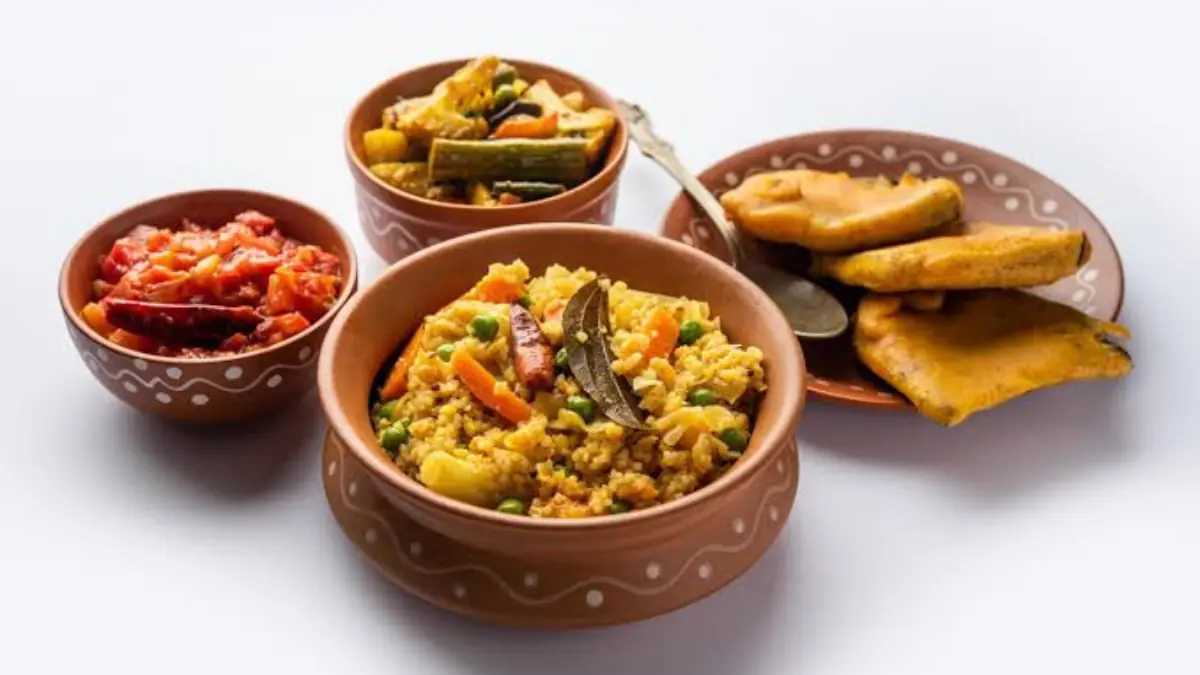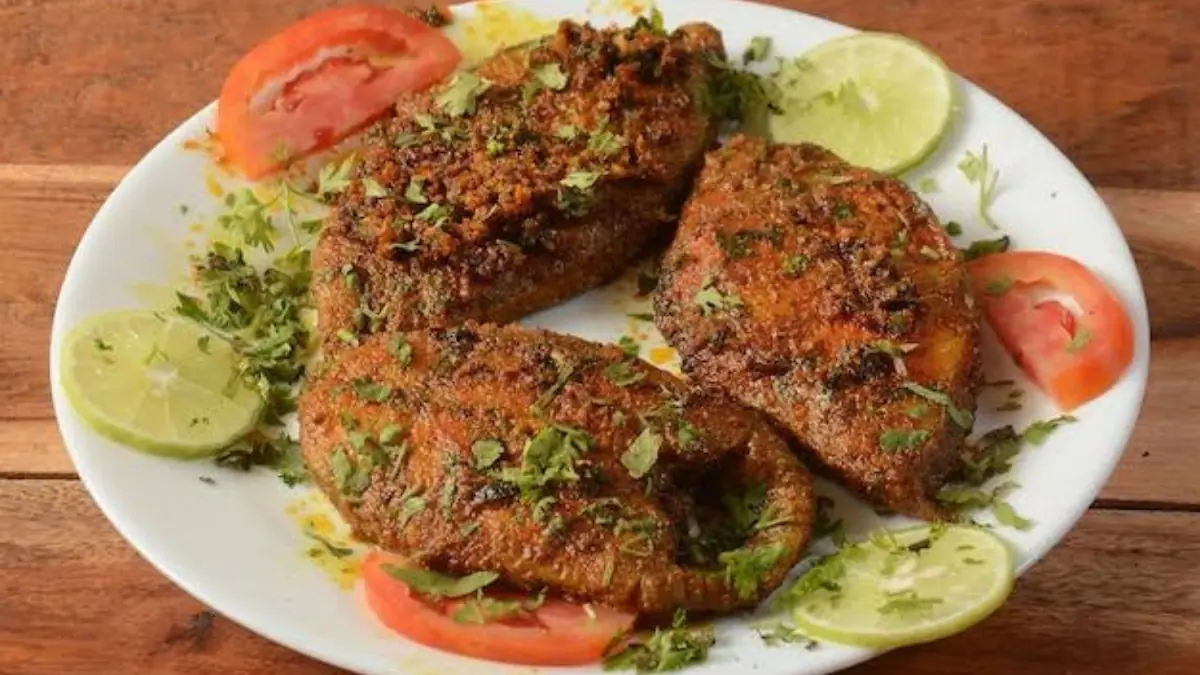Easy No-Fry Diwali Snacks For A Healthier Festival
Easy No-Fry Diwali Snacks For A Healthier Festival
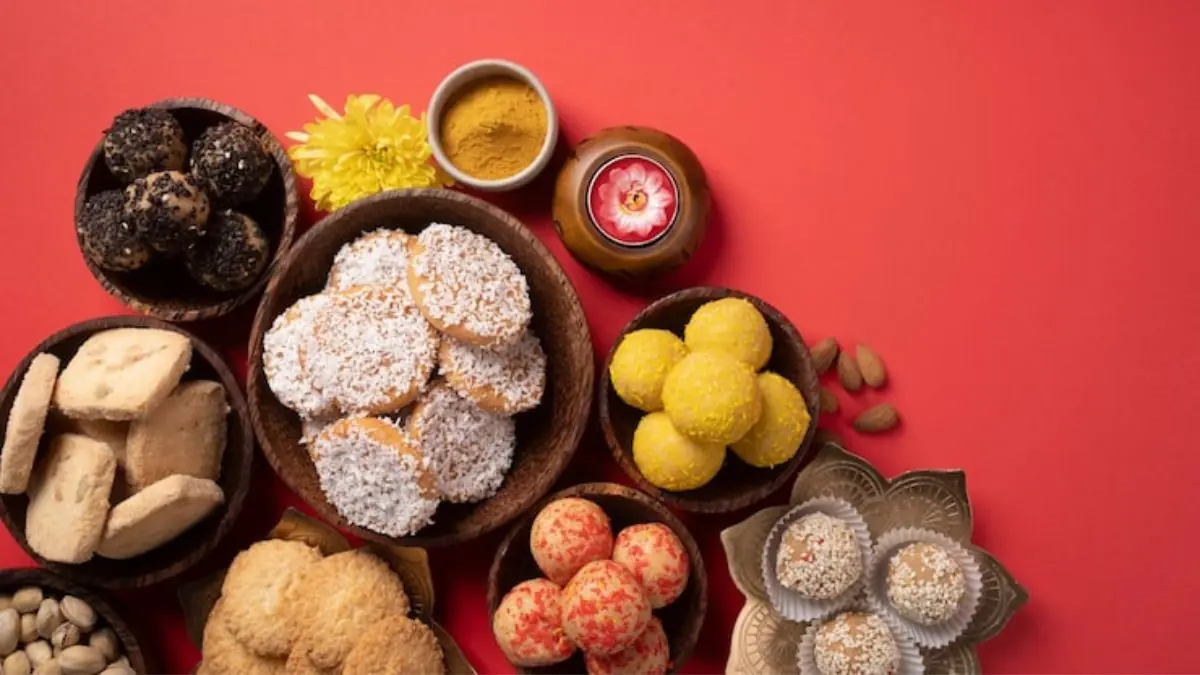
Diwali celebrations often come with generous amounts of fried sweets and snacks, but a growing number of households are preparing lighter options. No-fry recipes allow you to enjoy the festive flavours without the heaviness that comes with deep-frying. These snacks rely on roasting, baking, or air-frying, giving the same festive taste while keeping health in mind.
Diwali has always been associated with abundance. Plates of namkeen, laddoos, and savouries are passed around to family and friends, and kitchens across the country stay busy for days leading up to the festival. However, the traditional way of deep-frying most snacks means the festival diet is heavy in oil, which many families today are trying to moderate. This change has not reduced the sense of celebration, it has only made way for new cooking methods that fit modern needs. By adapting traditional recipes into lighter versions, households continue to preserve familiar tastes while avoiding excess oil.
The shift towards no-fry cooking is influenced by health awareness and by the availability of kitchen appliances like air fryers and ovens. At the same time, dry-roasting, steaming, and slow-baking are not new ideas. These techniques have been present in Indian kitchens for centuries. Steamed dhokla from Gujarat, roasted makhana from North India, or baked shankarpali that is gaining popularity in Maharashtra show how the same spirit of festive cooking can be achieved with lighter methods. With this in mind, it is possible to prepare snacks that are easy to digest, last longer when stored properly, and still carry the same sense of celebration.
Roasted Makhana With Spices
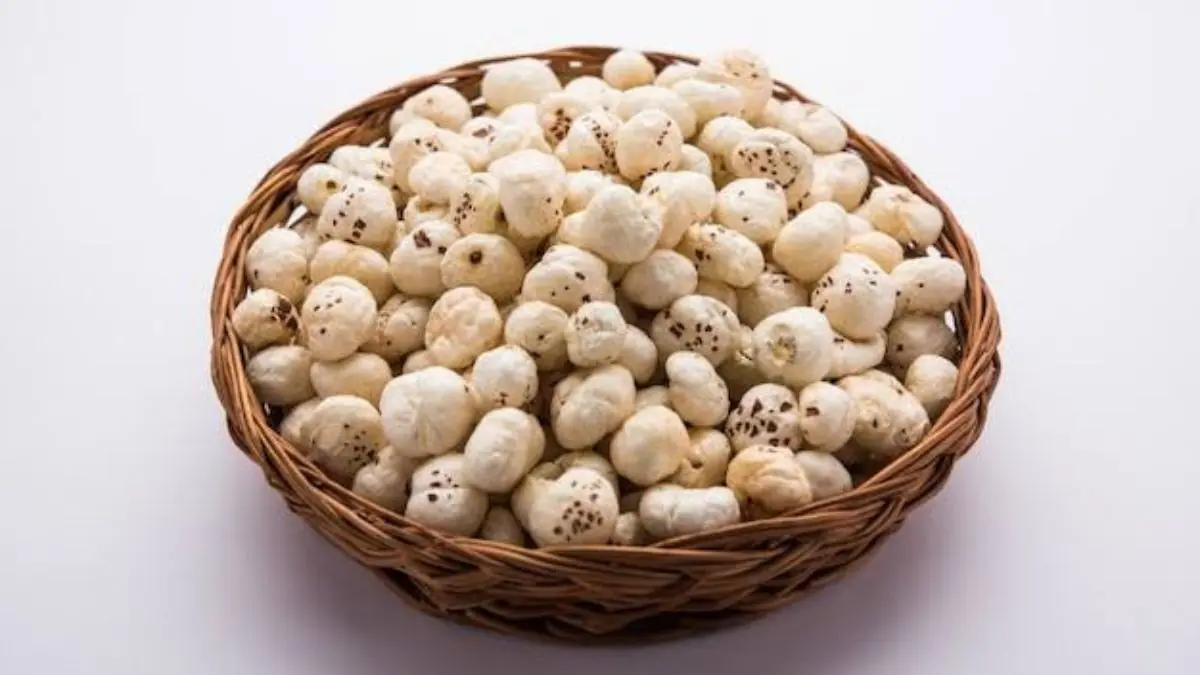
Makhana, or fox nuts, are one of the most versatile ingredients during the festive season. They can be roasted on a low flame until crisp and then tossed with ghee and spices. The most common versions use black salt, pepper, turmeric, and chilli powder, but recipes can also include curry leaves or powdered herbs for a richer flavour. Unlike fried snacks, roasted makhana does not require much preparation. They can be stored in airtight jars and remain crunchy for several days. Families often keep large batches ready during Diwali as they are convenient to serve guests with tea, and they also provide protein and minerals which make them more nourishing compared to fried namkeen.
Baked Mathri With Whole Spices
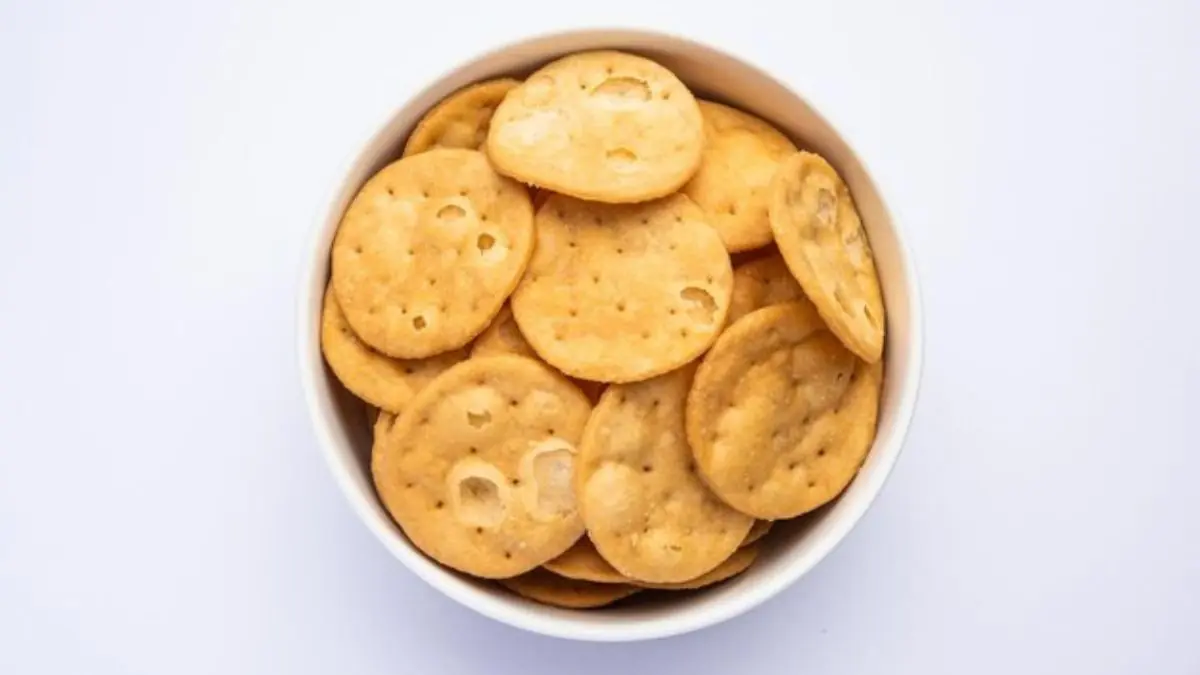
Mathri is a staple of Diwali, traditionally fried to give a flaky and crisp texture. However, baking the dough offers a reliable alternative. The dough is usually prepared with wheat flour, carom seeds, and ghee, then rolled and pricked before baking in a moderate oven until golden. Baked mathris are lighter and retain the spiced flavour without becoming greasy. Because they are baked, they also stay crisp for longer when stored properly. Many families today are making batches of baked mathri at home and experimenting with seeds like sesame or flax for added nutrition. They can be eaten on their own or with a tangy pickle, making them a versatile festive snack.
Steamed Dhokla In Festive Variations
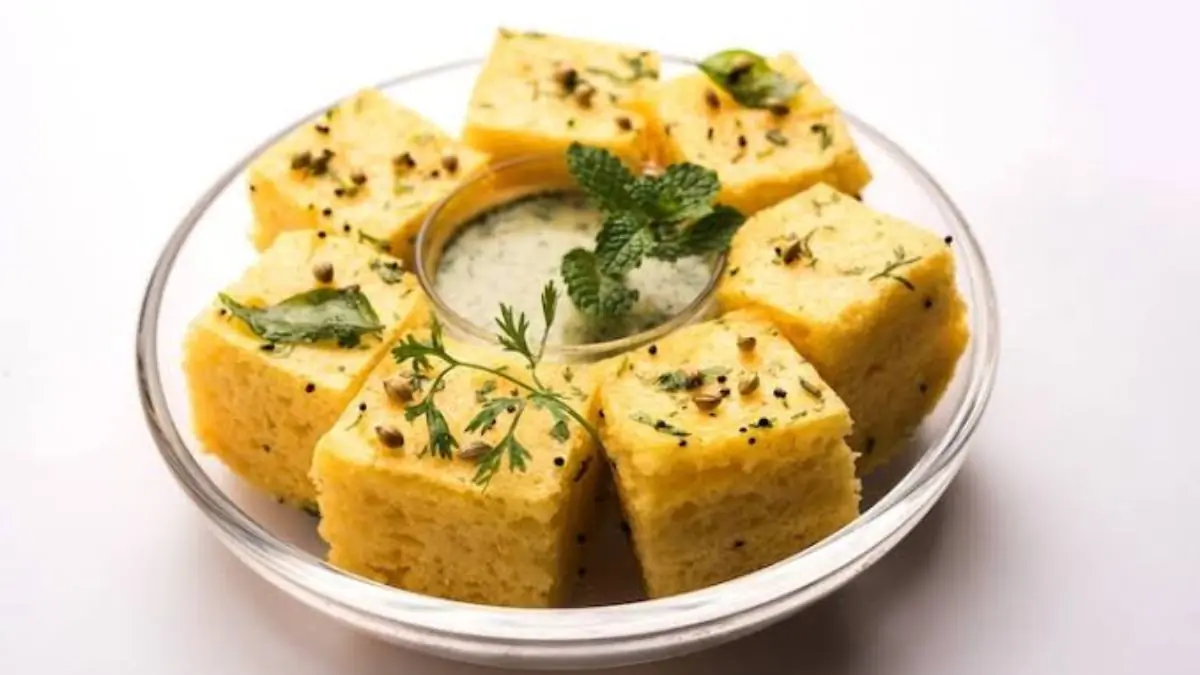
Dhokla is already known as a steamed dish, but during Diwali it can be adapted with festive touches. Gram flour is the base, mixed with yoghurt and tempered with mustard seeds, green chillies, and curry leaves once steamed. To make it more suited for Diwali gatherings, variations with beetroot or spinach puree are prepared for colour and additional nutrition. Steamed dhokla remains light yet filling, and it is easier on digestion after a heavy festive meal. It also works well as a make-ahead snack, as it can be cut into squares and stored in the refrigerator, then quickly warmed in a steamer before serving.
Air-Fried Samosa And Kachori
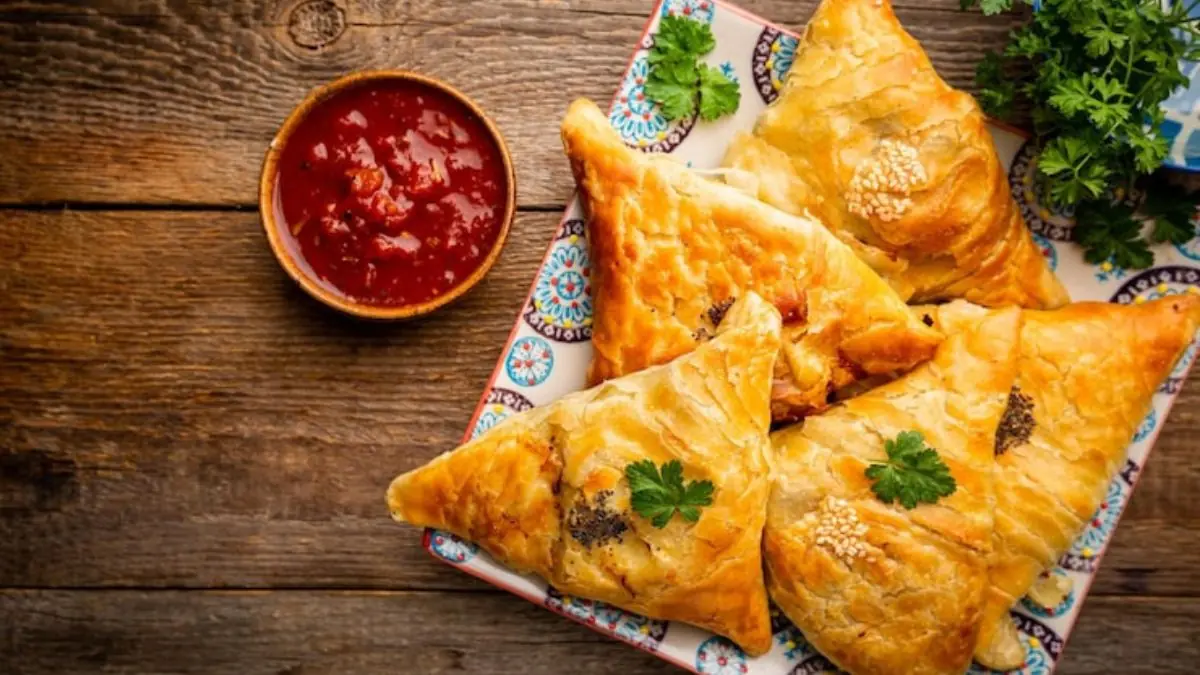
Air fryers have transformed the way people prepare festive snacks, and samosas and kachoris are perfect examples. The dough and fillings remain traditional, whether made with spiced potatoes, peas, or lentils, but instead of being dropped into hot oil, the pastries are brushed lightly with ghee and air-fried. They come out with the same crispness on the outside and a well-cooked filling inside. Air-frying also reduces the amount of oil absorbed, which many households find appealing during a festival where rich sweets are already in abundance. Preparing these snacks in an air fryer also reduces the time spent in front of a hot stove, which is another reason families are adopting this method.
Baked Shankarpali For Longer Storage
Shankarpali is a diamond-shaped sweet snack made with flour, sugar, and ghee, widely prepared during Diwali. The fried version has always been the classic choice, but baking gives an equally pleasant result. The dough is rolled, cut, and baked until slightly golden, creating a crunchy bite that lasts for weeks when stored properly. Baked shankarpali is also safer to prepare for households that prefer to avoid large amounts of hot oil during busy festive cooking. In some families, jaggery is used instead of refined sugar, which gives a deeper flavour and a slightly chewy texture that contrasts well with the crispness.
Oven-Roasted Chivda Mixture
Chivda is one of the most common snacks served during Diwali. Traditionally, it involves frying poha, nuts, and spices. In the no-fry version, thin poha is roasted in the oven along with peanuts, cashews, and curry leaves, with just a light drizzle of oil or ghee. The spices are added later, so the mixture retains crunch without becoming oily. This roasted version is healthier, and it can be stored in jars for weeks, making it a practical snack to prepare ahead of time. Many households use this recipe because it scales easily for large quantities and requires less constant supervision than frying in batches.





